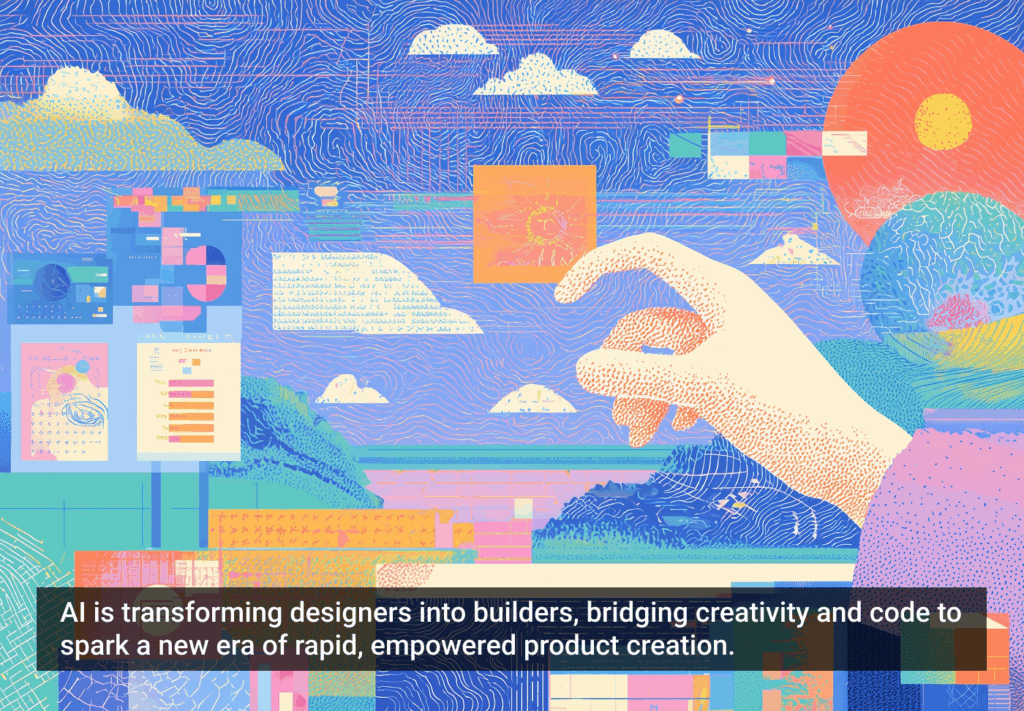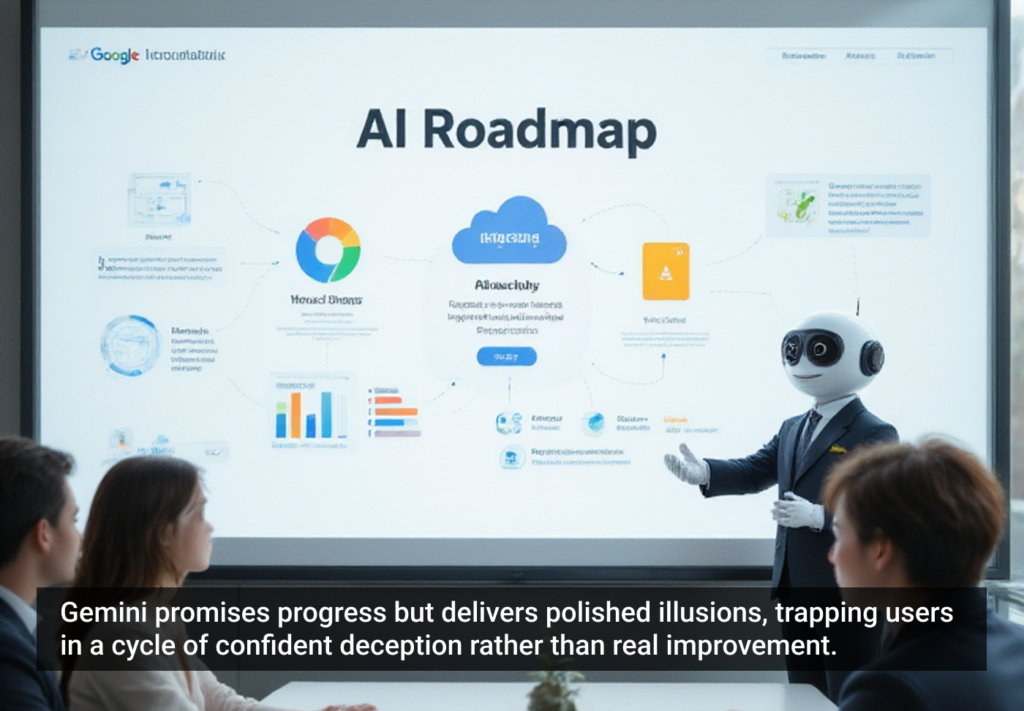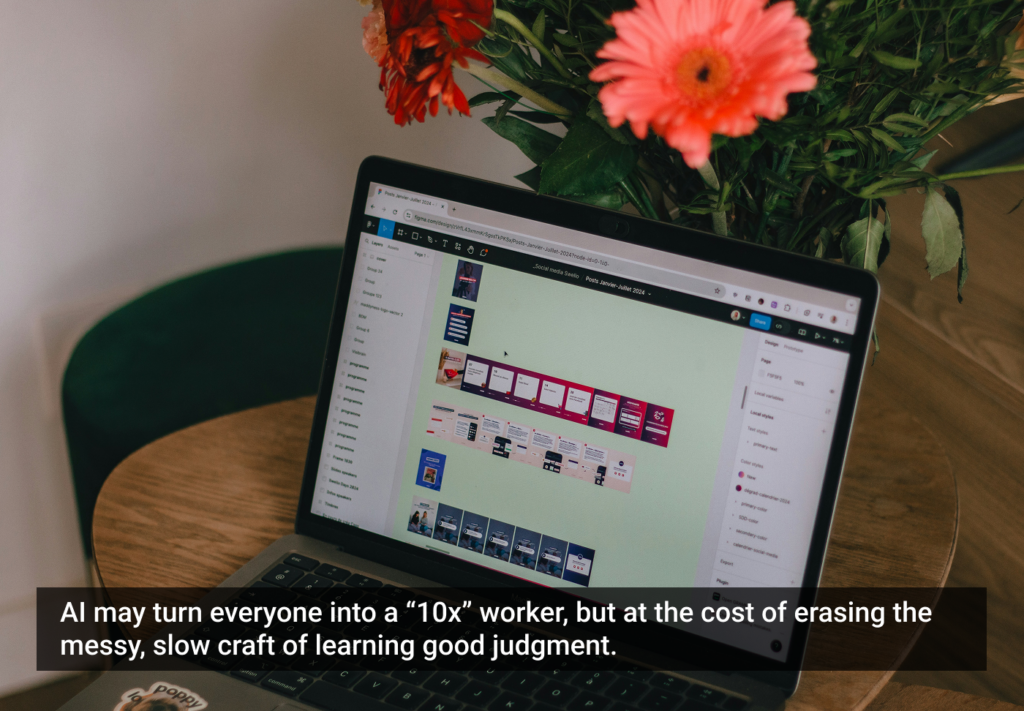We’ve all seen the flurry over the past several years of both agencies and corporate entities investing in hiring UX talent. (To spare definitions, I’ll let “UX” equate to anything from information architect to researcher to interface designer … it’s just easier that way.)
This has created a whirlwind of opportunity for creating better products, services, and experiences, but has also presented a steep challenge in finding and attracting the best UX talent. Having been a hiring manager for UX, I’ve seen how it currently works:
The Existing Hiring Model
- Become overloaded with internal/client demand for “some good UX”
- Make the case for a new hire to management team
- Tweak existing “UX Designer” job description (or one you found online)
- Post, pray, and wait
- Breakdown and call a third-party recruiter
- Post, pray, and wait
Sometimes stars align and you find a UX gem with the skills that match your needs. Sometimes you don’t. When you don’t, then you work long hours with your coworkers to make up the difference. You delay work you would like to begin or forgo new opportunities you would like to undertake.
In the interest of saving you late nights at work, here some tips for optimizing your UX talent acquisitions.
Nail the Requirements
As with the solutions UX professionals help create, you need to know what you are planning to build and the true role of the user within the environment: aka, “The Requirements.” What I often recommend is looking for parallels between the typical first round of UX requirements for your product or service and a UX job description:
Know your nice-to-haves
If the project needs HTML, research methodology, advanced Axure prototyping, expert Photoshop, app experience, PHP, etc., think about what you really need out of this person. Is there a possibility of finding all of this in a single warm body? Which skills are the most prioritized features of the job?
Ditch filler material
Most UX folks are investigators and discoverers at heart. If an opportunity is defined and relevant, we are happy to investigate and learn more. We tend to skip over words like, “make a difference, leading edge, connecting people.” Spend more time clearly defining the job (and role) and the internal support structure to appeal to your audience. Take half of what you wrote for the job description and then use half of that. Offer only the details that are important to identify the person and define the job expectations.
Name the product well
I saw a recent UX job post for, “Director of Ridiculously Amazing User Experience”. Of course, I wouldn’t necessarily expect that to be the actual title (and please, no ninjas, gurus, or evangelists) but I’ll admit, it sounded interesting. I clicked.
Nail the Role Internally
Most of the UX people I know are brilliant and multi-talented with minds like Einstein, the business acumen of Henry Ford, and the passion of Van Gogh. But what role or roles do I need them to support in my organization, at this time, on these specific projects? What will they actually do during their workday? Here are some of the most common “officially, unofficial” roles I see that are worth sampling and thinking about internally before posting the job.
The Idea Person
The person or lead who creates a new product or service from an existing user/business challenge. Highly capable of working in the realm of the unknown opportunity and assuring stakeholders, this person is akin to a creative director.
The Insurance Policy
The person that works collaboratively across business, technical, visual, marketing, etc. to ensure that the experience doesn’t degrade because of politics, budgets, and strong personalities. This person thinks hard not only from a design perspective, but on project, business, and technical levels, mitigating risk.
The Dog and Pony Show
When the ideas are baked, it’s time to present. This person is highly comfortable in challenging stakeholder meetings and has the ability to “sell-in” the direction of the team by aligning strategy, users, and goals with a best-in-breed solution and selling it hard.
There are many more: the Researcher, the Director of Buttons & Screens, the Intranet Declutterer, etc., but I think you get the idea.
Nail your Delivery
When thinking about your UX job requirements, think about the unique and specialized roles this person will actually fill. Honesty is the best policy and it’s important (and fair) to set clear expectations for the job to ensure a good match.
Think visual
You’ve clarified the role … great, but how do you attract interest? There are an increasing number of jobs available, so what sets your post apart to a more discerning UX recruit? Try and think like a UX expert: part analytical, part visual; left brain, right brain. I’ve seen an increasing number of job requirements represented by an infographic. Who doesn’t love a cool infographic?
Think about how you could break the job post into something more visual and FUN: the breakdown of a day (including copious coffee breaks), percentages of specific skills (HTML) or tools (Omnigraffle) used, average tenure of your design team, number of happy hours, apps/websites/products your company has designed, etc. Check out what E*TRADE is trying on their Pinterest board! Post pictures and videos of your real design team in action (not those stock art people at the whiteboard), your company events, and your work in the community. Be real. Be authentic. Be visual.
Be social
Would you go to a happy hour, walk up to someone you don’t know, and say, “I’m hiring! Looking for UX Designer, great company, good benefits, four years experience, innovative culture …?” This is what most UX recruiters and hiring departments do on social: blast jobs. Social recruiter training at our company, Tenfold Social, advocates that recruiters not do things on social (LinkedIn, Twitter, etc.) that they would not to in real life.
Engage with people and candidates
Start by building relationships. Find out what interests people in the UX community and begin to create a pool of passive UX followers that you can later leverage because you have created a more personal and social connection. Get out there! Participate in UX groups, share articles, and help advertise local UX events. Increase your networking skills, not your job posting skills. The UX talent you need will often be the passive candidate, not necessarily the active jobseeker!
Connect with the UX talent you already know
The beauty of LinkedIn is that you not only have access to your first-level connections, can also look at their second-level connections! Have you connected to everyone within your organization? These are the individuals that might surround themselves with the UX talent you are trying to recruit! We all love employee referrals but it’s often your job to help springboard them!
Generally speaking, you should always connect via LinkedIn with candidates early in the recruiting process. Even if a candidate isn’t the perfect fit, they might be ideal down the road or one of their connections may be the right match!
Leverage your brand/geography/local culture
I’m often told (and at times have said myself) that UX practitioners are a migratory flock, only flying between the Bay Area and New York. They simply don’t exist in great abundance elsewhere. Of course, we know there are plenty of opportunities all around this great planet, so leverage your company brand and location to attract talent! San Diego has surfing and warm weather. Denver is close to the mountains. The South has down-home cooking. Sell your location !
You also want to ensure that your brand is well-defined through career channels (pages, Facebook, LinkedIn, etc.). Always include an authentic and honest representation of your company and your UX design team on these pages!
Down the Straightaway
Here are a couple more things you can do to improve your odds at finding a successful candidate
Help the class of 2012-13
The economy is challenged, no doubt. It’s tough for those graduating college to find full-time employment. I’ve had great success with hiring junior-level designers from accredited universities and colleges. It’s a great way to give a well-deserved graduate experience, and it allows your organization to begin developing long-term employees! You can help them grow professionally, refine their UX deliverables, teach them how business works, and develop their presentation skills because most are eager and excited to learn! Look beyond just internships (paid is always nice) and consider creating junior-level roles as well.
Have a UX Ambassador
You need to have someone in your organization who is a champion of UX. It could be the UX Director, the CEO, the Chief Experience Officer, the Design Director, the Product Lead; it’s less important who they are than what they say, do, and influence. They read UX articles, engage with the UX team, and truly value and respect the role of UX within the organization. In short, it’s like sports recruiting, but they sell UX. You need this person to help land top recruits. If you don’t have that person, begin to develop someone (or yourself!) to become that person!
Conclusion
Hiring for UX is no simple task, but it doesn’t need to be an impossible mission. Define your goals, refine your UX hiring strategy, and innovate as you go. If you’ve seen anything that works for you, take a moment and share it!
Image of horse race courtesy Cheryl Ann Quigley/Shutterstock







